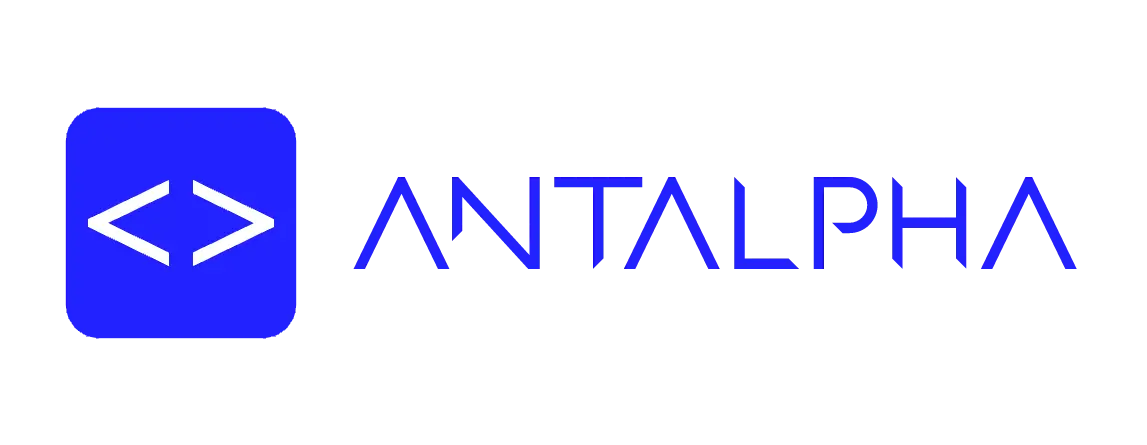What is the VPU encryption chip that Fabric financed with 33 million for after completing infrastructure and hardware?
Author: Deep Tide TechFlow
What happens when the crypto business is a bit virtual, and it combines with the physical tech industry?
With the rising popularity of AI chip concepts, "crypto chips" have gradually become a focus for VCs.
According to CoinDesk, a startup named Fabric announced yesterday that it has completed a $33 million Series A funding round, led by Blockchain Capital and 1kx, with participation from Offchain Labs, Polygon, and Matter Labs.
Previously, the project had raised $6 million in a seed round led by Metaplanet.

This company is targeting the crypto hardware direction:
Fabric stated that the newly raised funds will be used to build computing chips, software, and cryptographic algorithms; at the same time, the company's business roadmap shows that it mainly aims to create a new chip processing unit called "Verifiable Processing Unit (VPU)", specifically designed for cryptographic processing. The new chip is expected to go into production later this year, with shipments in the fourth quarter.
When talking about hardware, you might think of DePIN, but clearly, Fabric's business does not point to DePIN; it seems more like providing computing hardware/resources for the foundational layer of cryptographic algorithms, independent of the crypto narrative, similar to how CPUs provide hardware support for computers.
Fabric stated in a press release that the VPU is "the first custom silicon chip using a cryptography-specific instruction set architecture," which means "any cryptographic algorithm can be broken down into mathematical building blocks that are natively accelerated and supported by the chip."
In this sense, it seems that all current crypto infrastructure (L1/L2, ZK, smart contracts, FHE) could benefit from the computational power of this chip, making it hardware that empowers infrastructure.
As a group of VCs shifts from "building infrastructure" to "building hardware," what exactly can this VPU bring to the crypto industry?
What exactly is a VPU?
Although Fabric has not yet released a white paper for its business, we can roughly understand the specific functions of the VPU from publicly available information.
Skipping various technical explanations and descriptions, let me quickly help you understand the VPU in simpler terms, focusing on what is still lacking in the development of Web3 today.
Blockchain or Web3 is fundamentally based on cryptographic technology:
Every operation on the blockchain, from simple transfers to complex smart contract executions, requires a significant amount of cryptographic computations.
Existing hardware devices, such as the familiar CPU and GPU, can handle these tasks, but their efficiency is not ideal. The CPU is like a versatile athlete, good at various tasks but average in the specialized field of cryptography. The GPU excels in parallel computing but was originally designed for graphics rendering, not for handling complex cryptographic computations.
Thus, creating a processor unit specifically for cryptographic calculations seems quite reasonable.
Therefore, the VPU can be understood as a true "cryptography-specific processor," combining the best features of GPUs and ASICs to create components specifically for encryption purposes.
Traditional CPUs are like Swiss Army knives, capable of doing many things but not very efficient at handling specific tasks.
ASICs (Application-Specific Integrated Circuits) are like finely crafted surgical knives, excelling at specific tasks but lacking flexibility. The VPU cleverly finds a balance between the two, somewhat like a smart surgical tool that can quickly adjust to different surgical needs.

From the information provided on the official website, this flexibility comes from the "cryptography-specific instruction set architecture."
Sounds complicated? Think of it as a "recipe book" specifically designed for cryptography, where each "dish" is a common cryptographic operation, such as elliptic curve operations, hash functions, or zero-knowledge proofs.
The VPU can directly understand and quickly execute these "recipes," without needing to convert them into more basic instructions like traditional processors.
Possible Applications?
This design allows the VPU to excel at handling cryptographic tasks. Some easily imaginable application scenarios include:
Quickly verifying the validity of transactions when processing complex smart contracts;
In zero-knowledge proofs, the VPU may be able to complete calculations that traditional CPUs take seconds or even minutes to finish in just a few milliseconds.
When processing large-scale data, the VPU can achieve near real-time encryption and decryption.
In another area known as the holy grail of cryptography, and also at the forefront of encryption technology, in FHE (Fully Homomorphic Encryption) applications, the VPU can significantly enhance computational efficiency:
Accelerating FHE key generation and basic operations: reducing key generation time from hours to seconds, and basic operations from seconds to milliseconds.
Supporting large-scale FHE data processing: the time for statistical analysis on large encrypted datasets may drop from hours to minutes.
Optimizing FHE model training: in privacy-preserving machine learning, training time may be reduced from days to hours.
Additionally, in the specific applications of public blockchain networks that we are familiar with, the VPU can also be expected to significantly improve node performance:
Accelerating block validation and consensus processes: potentially reducing validation time from hundreds of milliseconds to tens of milliseconds, and consensus time to sub-second levels.
Enhancing the execution efficiency of smart contracts: the execution time of complex DeFi contracts may be reduced to one-tenth or less of that of traditional CPUs.
In decentralized identity systems and privacy-related fields, the VPU offers more efficient identity verification:
Quickly generating and verifying zero-knowledge proofs: completing in milliseconds, supporting real-time, trustless identity verification.
Supporting complex multi-factor authentication: simultaneously processing various encrypted biometric data, providing more secure and faster identity authentication.

Ivy League Dropouts Taking the Lead
Since this involves chips and cryptography, having the right expertise is undoubtedly important.
Public information shows that both founders of Fabric are graduates from prestigious universities, and their names suggest a Chinese background.

MICHAEL GAO comes from MIT and is also a champion of the American Mathematics Olympiad. Previously, he was an architect at an AI startup chip company supported by Bill Gates, and now he has dropped out to pursue a new project.
Most importantly, his profile states that he is a Bitcoin OG.
The other founder, TINA JU, appears to have research experience in biology and mathematics, and public records indicate she is also a graduate of Stanford.
Additionally, the company has a team of experienced professionals, including dozens of GPU and AI chip architects, software and compiler experts, and senior cryptographers, although they seem to be older than the founders.
This also aligns with a common characteristic we've seen in some crypto-related projects emerging from prestigious universities: young students taking the lead as founders, supported by a professional team.

Moving from Virtual to Reality?
In the context of the cryptocurrency and Web3 fields, which have long been dominated by software innovation and financial models, Fabric's hardware breakthroughs, particularly in cryptographic chips, represent a promising entry point.
However, the primary issue is the uncertainty of market demand. A significant portion of growth in the crypto industry comes from speculation and hype. In such an environment, the actual demand for high-performance cryptographic computing may not be as large as expected.
Software development can relatively quickly adapt to market changes, while hardware development requires longer cycles and greater capital investment. If the industry's direction suddenly shifts, specialized hardware may face the risk of a sharp decline in demand.
Whether Fabric can succeed on the path of "moving from virtual to reality" remains to be seen.









